How ML And AI Helps B2C Marketers Attain The Global Maxima of ROI
In this article, B2C marketers will learn how ML and AI can help them fast track growth toward the global maxima of ROI.
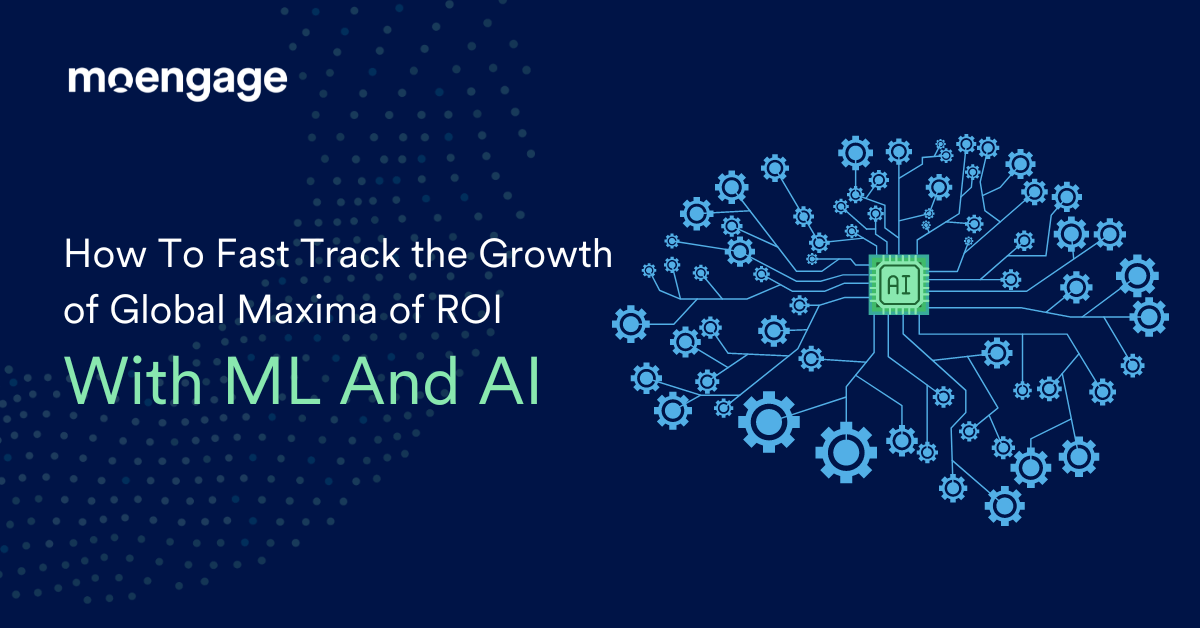
Reading Time: 7 minutes
As consumers across the world increasingly embrace digital consumption, businesses in different verticals have realized the need for insights and analysis to grow.
This has led to B2C businesses accelerating their goals of adopting Machine Learning (ML) and Artificial Intelligence (AI).
Thanks to ML and AI, B2C marketers like yourself gain a competitive advantage by achieving higher returns on investment (ROI).
Let’s find out how.
What Is the Global Maxima of ROI?
Before deep diving into the ‘hows,’ let’s revisit the basic concept of the Global Maxima of ROI and how you can calculate it.
| Global Maxima of ROI refers to the point at which a business or organization achieves the highest possible return on investment (ROI) for their marketing efforts. |
The Global Maxima of ROI on a graph indicates that your company has optimized its marketing strategy to achieve the highest ROI across all markets, channels, and campaigns.
Why is the Global Maxima of ROI Important?
The concept of the Global Maxima of ROI is crucial to businesses because it allows you to achieve the highest possible ROI across all markets rather than just in specific markets or campaigns.
Optimizing your marketing strategy to its full potential will enable you to maximize revenue and profitability while improving customer engagement, retention, and loyalty.
How to Calculate the Global Maxima of ROI?
To calculate the Global Maxima of ROI, you need to consider various factors like the marketing budget, CAC, CLV, and the ROI of your marketing campaigns.
Here is a step-by-step approach to calculate the Global Maxima of ROI:
1. Determine your Marketing budget
The first step is to determine the marketing budget available, including all marketing expenses, such as advertising, promotions, events, content creation, and more.
2. Calculate Customer Acquisition Cost (CAC)
CAC is the cost you have to bear to acquire a new customer, including all marketing and sales expenses associated with acquiring that particular customer.
3. Determine Customer Lifetime Value (CLV)
CLV is the total revenue that a customer is expected to generate for the business over their lifetime doing with you.
4. Calculate Return On Investment (ROI)
Once you have determined the CAC and CLV, you can calculate your ROI. The formula for calculating ROI is:
ROI = (CLV – CAC) / CAC
For example, if you have a CLV of $2,000 and a CAC of $200, the ROI would be:
ROI = $ (2,000 – 200) / 200 = $9
This means that the business will generate $9 in revenue for every dollar spent on marketing.
5. Plot ROI values on a graph and calculate the Global Maxima
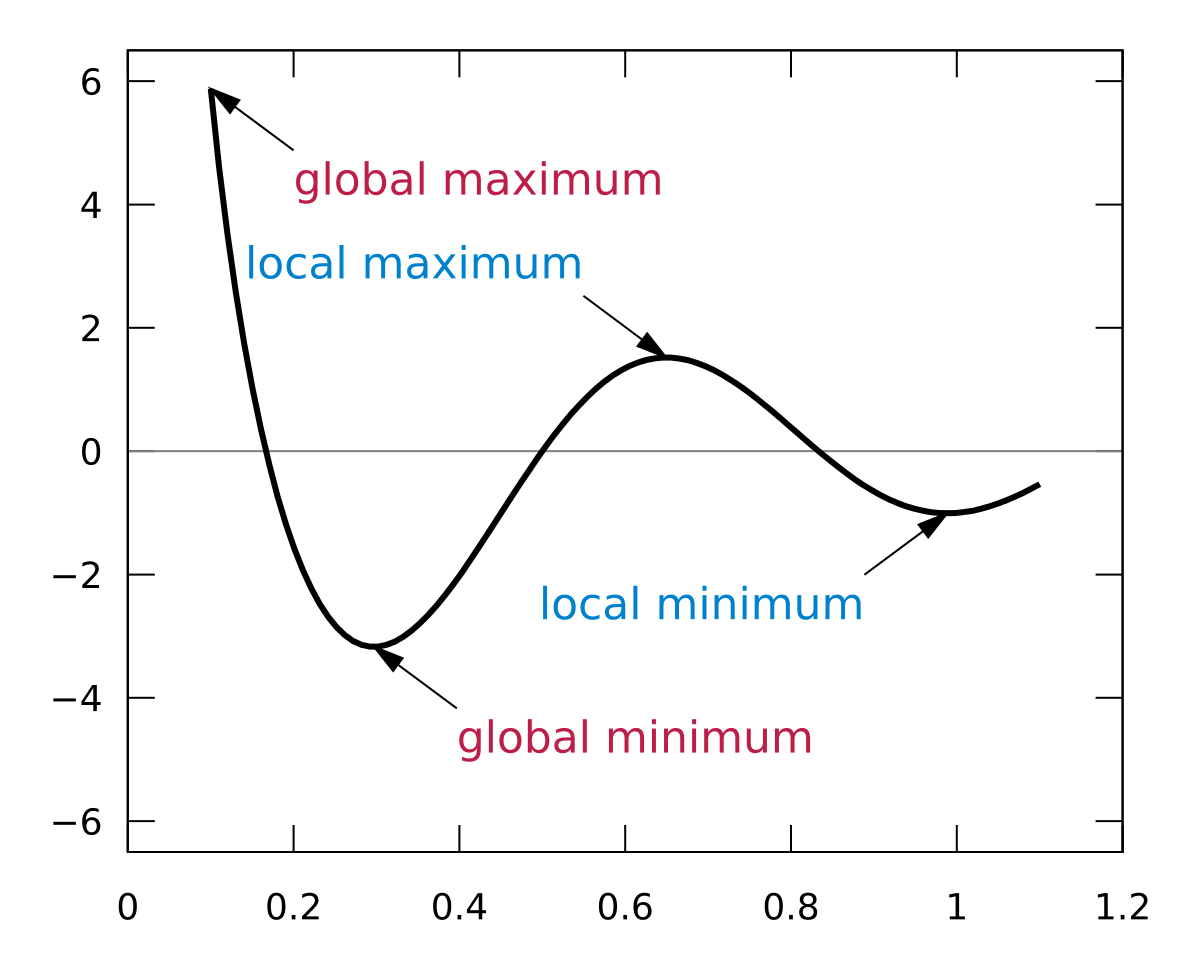
Image source: Wikipedia
The Global Maxima of ROI will be the largest value of the ROI function within a given range.
What Are Some Examples of Local and Global Maxima of ROI?
Here’s a quick comparison of Local and Global Maximas of ROI and the negative outcome that you may cause when focusing only on the Local Maxima of ROI:
Example 1: An exclusive local loyalty program
Say you want to run a loyalty program specifically designed for customers in a particular city or region.
You decide to add exclusive discounts, rewards, and personalized experiences for your local customers.
The loyalty program may effectively engage and retain local customers. But focusing solely on the Local Maxima of ROI in this project will result in neglecting your customers that reside outside the targeted region. This limits your growth potential, hinders customer acquisition in other areas, and you miss out on the opportunity to build a global customer base.
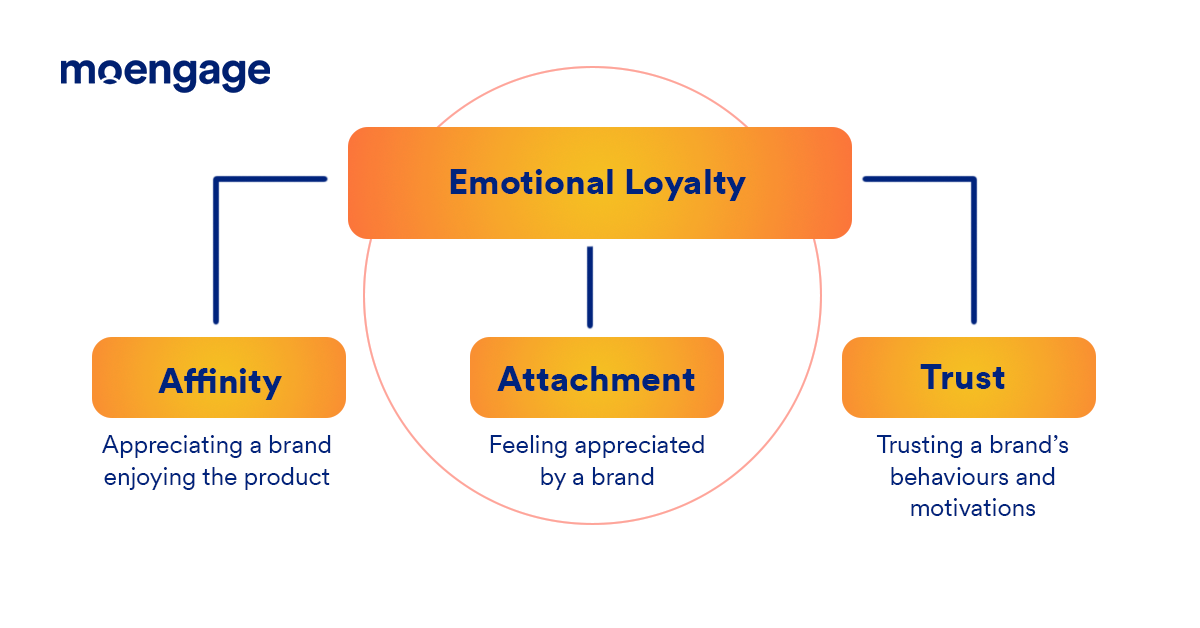
Example 2: A sales announcement campaign via email
Let’s say you’ve got a new collection of summer wear on your website and mobile app, and you’ve been tasked to increase the amount of revenue during this period.
Your creativity kicks in, and you have a solid email subject line for your email marketing strategy that guarantees higher-than-average open rates. But, your excited self sends it to all the customers, regardless of their previous purchase or browsing history.
While you may see good open rates from a selected customer cohort, focussing on the Local maxima of ROI in this project will lead to you sending emails to the entire customer base (even customers in regions where they don’t want to buy summer wear!). This will result in certain customer segments receiving irrelevant messages and causing an overall decrease in customer engagement over time.
What Are The Challenges in Achieving Global Maxima of ROI?
One of the biggest challenges in achieving the Global Maxima of ROI is the large amount of data you need to analyze to draw insights and make informed decisions.
Another challenge is the ever-changing nature of consumer behavior.
With new channels, technologies, and trends emerging in short bursts of time, it becomes challenging to keep up and ensure that you optimize your marketing strategy for maximum efficiency.
Businesses like yours must deeply understand their customers, markets, and competition to develop a marketing strategy that will maximize ROI.
Understanding the differences between what projects focus on Local Maximas of ROI versus Global Maximas of ROI can also be a potential challenge you will face or are facing.
How Can ML and AI Help B2C Marketers Overcome These Challenges?
ML and AI can help businesses like yours streamline and improve customer engagement and retention efforts.
Here’s how:
1. Data Analysis and Insights
ML and AI can be used to gather insights about customers and analyze large volumes of data that would be impossible for humans to process manually.
By analyzing customer behavior and purchase patterns, ML and AI can help you identify customer needs and preferences and develop targeted marketing campaigns.
For instance, ML algorithms can analyze customer data to determine which products are most popular and which products are underperforming. You can then use these insights to tweak your marketing strategies to maximize sales and improve ROI.
2. Customer Profiling
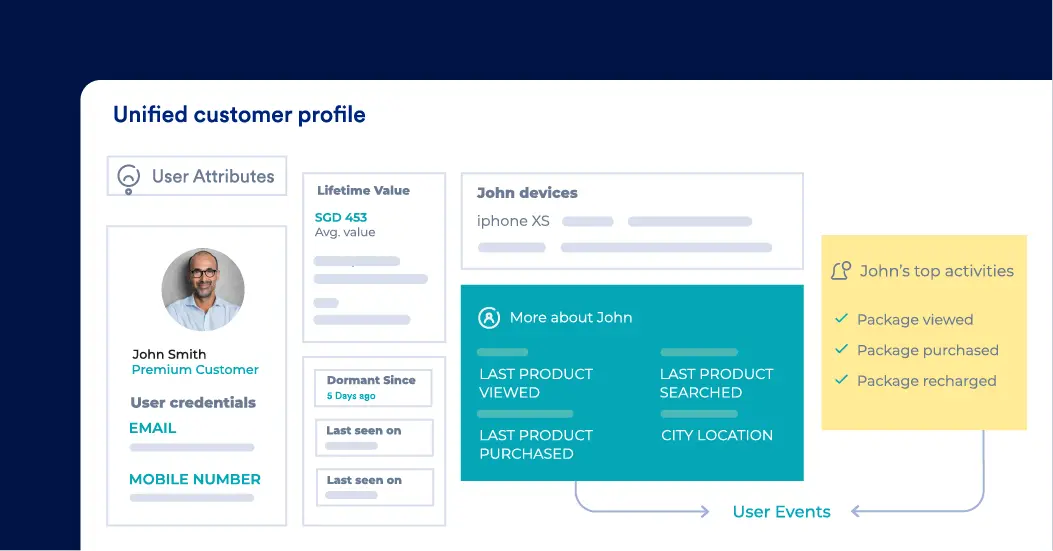
By understanding your customers on a deeper level, you can create more personalized marketing campaigns, improve customer engagement, and increase customer loyalty.
This is possible by collecting and analyzing your customers’ demographic, psychographic, and behavioral data.
But customer profiling can be a time-consuming and complex process, especially when you have millions of customers with billions of ever-changing preferences!
This is where AI steps in.
AI algorithms can analyze customer data from multiple sources like social media, customer service interactions, and purchasing behavior, to create a detailed profile of each customer.
By gaining a more comprehensive understanding of your customers, their behavior, preferences, interests, likes, and dislikes, AI algorithms can suggest the best “next steps” for you and your business.
2. Personalization and Recommendation Engines
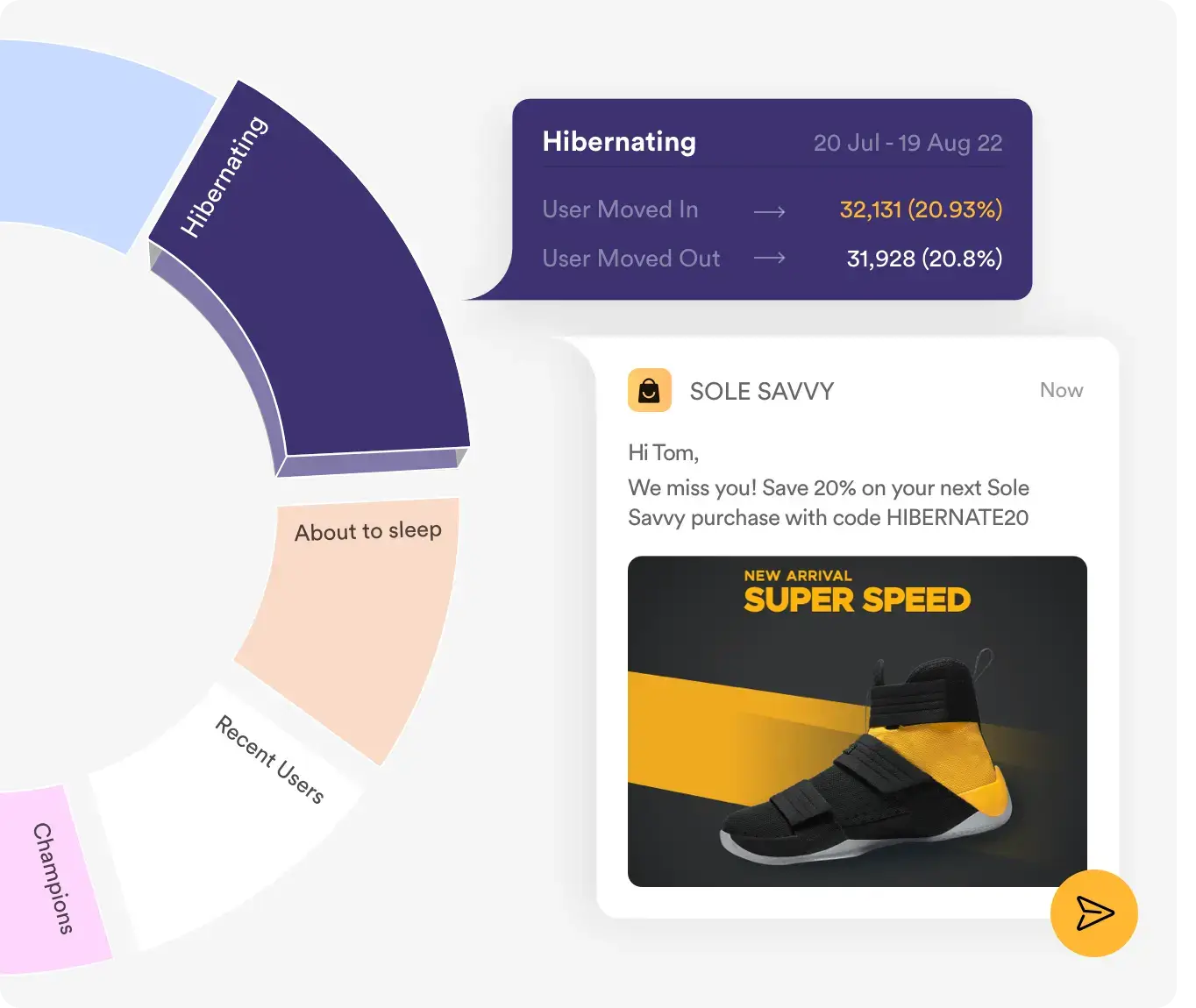
One of the critical benefits of ML and AI is the ability to create highly personalized and targeted marketing campaigns.
By leveraging customer data such as purchase history, search history, and demographic information, ML algorithms can help you create highly relevant customer experiences.
AI can segment customers more effectively by identifying patterns and trends that differentiate one customer segment from another.
For example, an AI algorithm might identify that customers who purchase a certain product category are more likely to be interested in a particular type of content. You can then use this information to create targeted marketing campaigns designed specifically for this customer segment.
You can also build recommendation engines on existing customer data and use AI algorithms to detect the perfect product recommendations for each customer, significantly increasing the likelihood of a purchase.
3. Predictive Analytics
ML and AI can also help you predict customer behavior, such as purchase likelihood, customer lifetime value (CLV), churn rate, loyalty, and more.
By leveraging these insights, you can create more marketing campaigns and tailor them to specific customer segments and their needs.
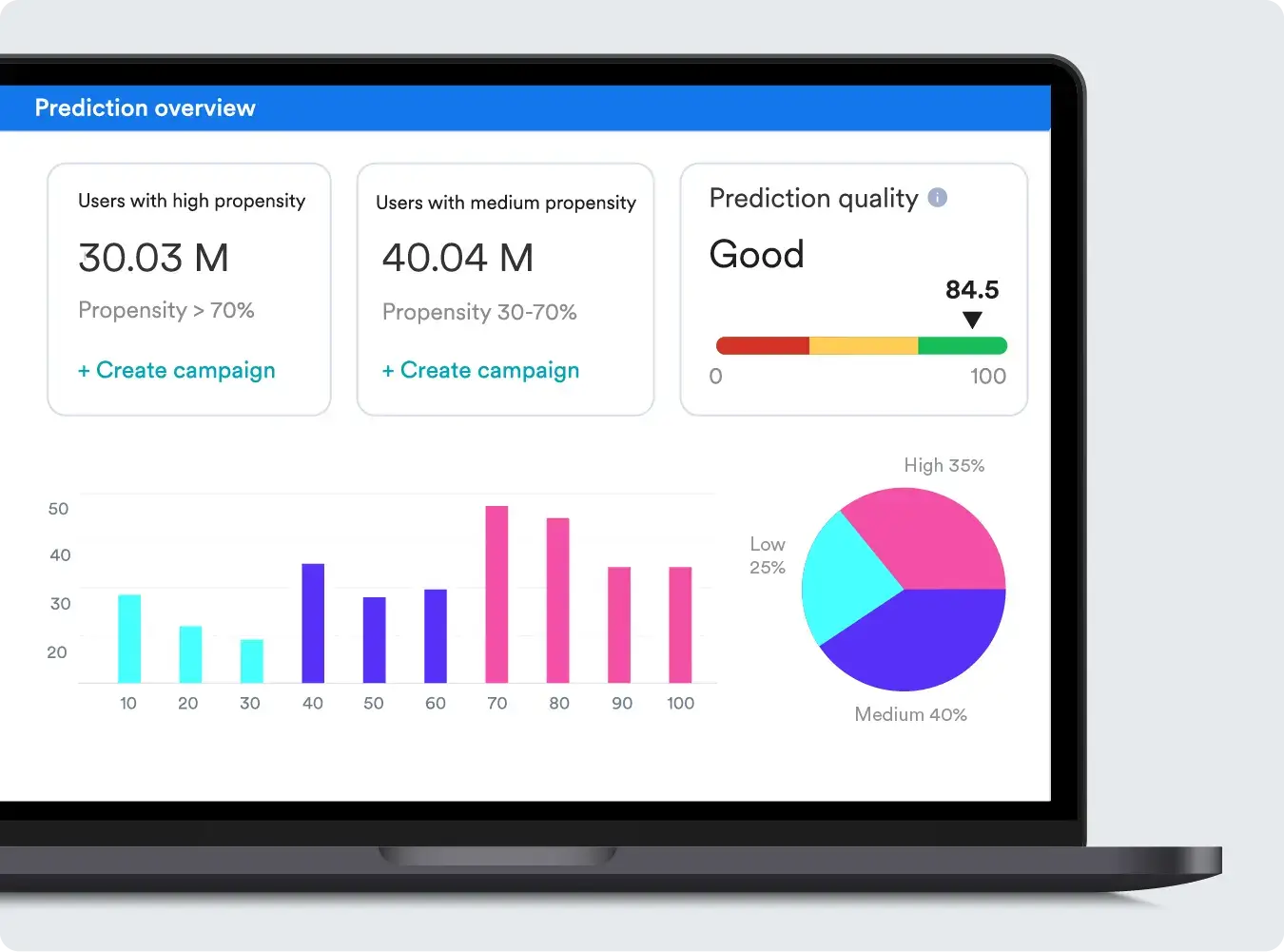
ML and AI can also help you predict the best time to send communication, your customer’s preferred marketing channel, and the most optimal messaging to use.
This will yield higher ROI from all types of campaigns – onboarding, product recommendations, reactivation, churn prevention, referral, and more!
| 👉 Download MoEngage’s whitepaper on Predictive Analysis now! |
4. Sentiment Analysis
By analyzing customer feedback on social media, review websites, and other online platforms, sentiment analysis algorithms can help you gain insights into your customers’ perceptions of your products or services.
You can then use this information to optimize marketing campaigns by addressing specific customer pain points shared by a particular segment of customers.
Performing sentiment analysis helps you increase customer retention and fix issues causing customers to churn.
Acknowledging negative reviews about your products or services will help you give your product team direction on what to improve and prioritize.
5. Chatbots and Virtual Assistants

Chatbots and virtual assistants are increasingly becoming popular with consumer brands.
These AI-powered tools can help you improve customer engagement by providing personalized support and assistance around the clock without human intervention.
For instance, a shopping platform can use chatbots to help its customers find relevant products, make purchases, and get their questions answered.
Businesses like yours can significantly improve customer satisfaction and ROI by providing this level of support.
6. Strategize and Execute
AI tools like OpenAI’s ChatGPT can be a powerful resource for enhancing your marketing strategies and creating detailed execution plans.
Leveraging the capabilities of M and AI, these tools can provide you with valuable insights, data analysis, and assistance throughout your go-live process.
ML and AI can also assist you in optimizing your marketing campaigns.
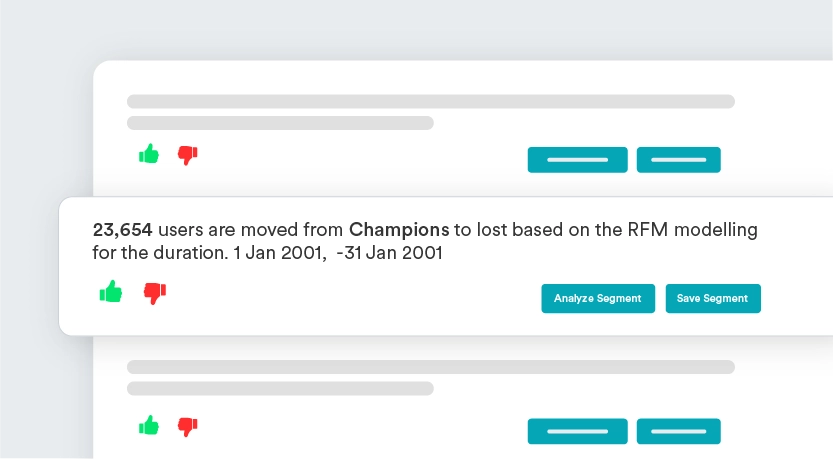
You can get recommendations and insights on various aspects, such as content creation, messaging, targeting, and campaign timing.
By leveraging AI-generated suggestions, you can also enhance the effectiveness of your campaigns, improve customer engagement, and increase conversion rates.
7. Fraud Detection
Fraud detection is a big concern for businesses, specifically in the banking and financial services verticals.
You can use ML algorithms to detect fraudulent transactions by identifying patterns in customer data and analyzing fraudulent behavior.
By leveraging these insights, you can improve overall security by reducing the risk of fraudulent activity, helping you build trust with your customers.
Conclusion
ML and AI can significantly improve the Global Maxima of ROI by automating data collection and analysis, using predictive analytics to identify patterns and trends, segmenting customers more effectively, and creating more personalized recommendations.
MoEngage, an insights-led customer engagement platform, is proud of the organization’s advances in ML and AI that helps brands improve their engagement and retention efforts.
You can learn more about our latest ML and AI developments here!














